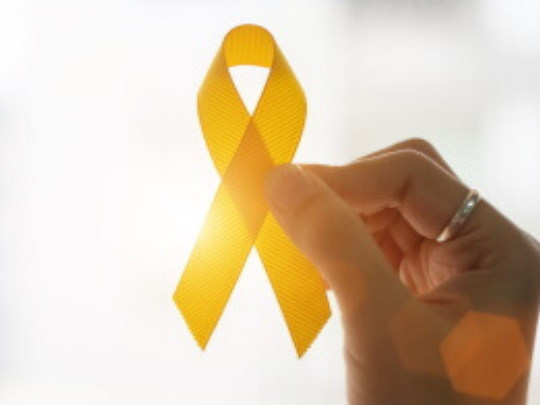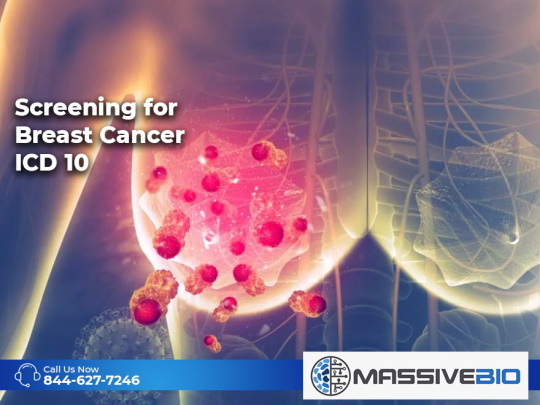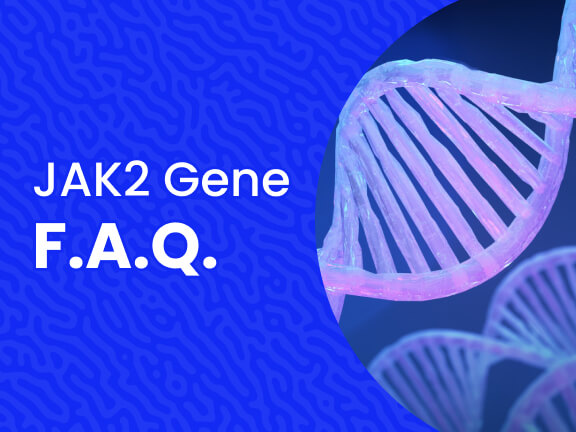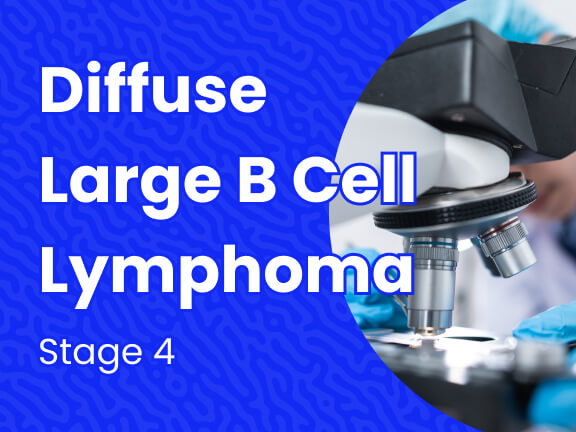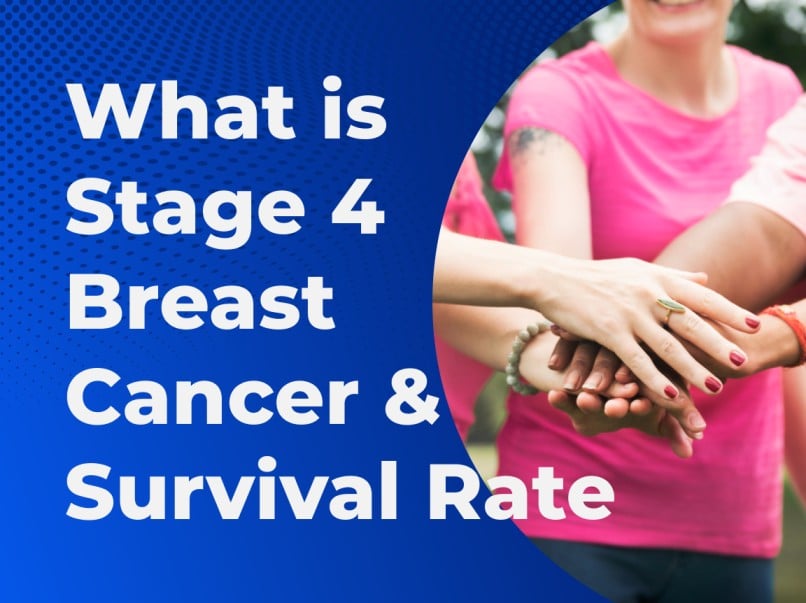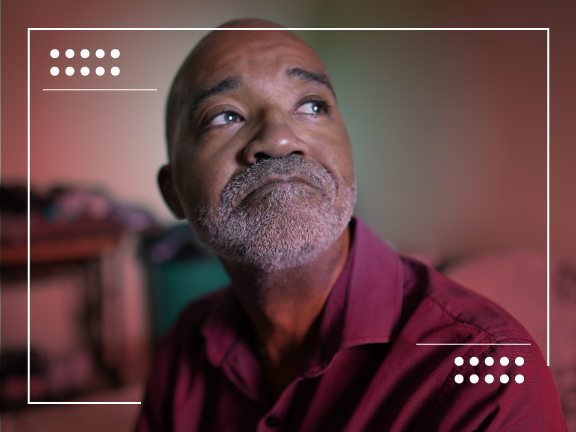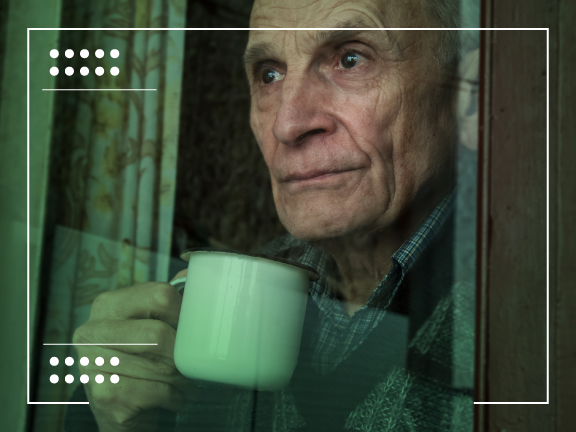What is Bone Cancer?
Bone cancer begins developing in the cells of the bone. Most cases of bone cancer are in kids and teens. Each year, about 3,600 new bone cancer cases are estimated to be diagnosed in the United States. There are three types of bone cancer, which are Osteosarcoma, Chondrosarcoma, and Ewing sarcoma. Cancer that starts elsewhere in the body but spreads to the bones is not referred to as bone cancer, it is named by the origin of where it starts.
Bone cancers are staged I through IV using a staging system from the American Joint Committee on Cancer (AJCC) TNM system, which focuses on 4 pieces of information:
- Tumor size: How large the cancer is and if it is in more than one location.
- Lymph node spread: If the cancer has spread to nearby lymph nodes.
- Metastasis: The spread of the cancer to nearby lungs or other distant sites such as other bones or the liver.
- Grade: How abnormal the cells look under a microscope, which is graded one to three.
Bone Cancer Symptoms
Bone cancer symptoms can be mistaken for symptoms of other conditions such as injuries or arthritis. If you notice symptoms like these with no cause, talk to your doctor. Symptoms may include:
- Bone pain
- Swelling and tenderness near the affected area
- Weakened bone, leading to fracture
- Fatigue
- Unintended weight loss
What Causes Bone Cancer?
The cause of bone cancer remains unknown, but bone cancer is linked to other bone conditions, so they are considered risk factors. Bone cancer occurs when mutations occur in individual genes. These mutations can be inherited from family members or developed at some point over the course of your lifetime. Inherited DNA mutations often do not cause bone cancer, meaning family history of bone cancer is not as big of a risk factor when compared to other types of cancer.
Bone Cancer Risk Factors
The risk factors for bone cancer include genetic disorders, such as retinoblastoma, chondrosarcomas, and chordomas. Other risk factors include:
- Paget disease
- Exposure to radiation
- Bone marrow transplantation
- Bone injuries
- Some types of bone marrow cancer are only common in children, while others are seen mainly in adults
Bone Cancer Prevention
There is currently no known way to prevent bone cancer. However, you can avoid some risk factors to lower your risk of developing cancer of the bone. Like other cancers, eating a balanced diet and exercising multiple times a week can help lower your risk of cancer.
Bone Cancer Treatment
Bone cancer treatment will be determined depending on the cancer’s stage and grade, as well as the patient’s medical history, with a cancer care team. To best understand what treatment options are right, there are a few questions that can be asked:
- What kind of bone cancer do I have?
- Has my cancer spread?
- What is the stage of my cancer and what does it mean?
- What are my treatment options?
- What treatment is recommended and why?
- What risks or side effects are associated with the treatment options?
- What is my prognosis?
The common treatment options for bone cancer include surgery, radiation therapy, chemotherapy, and targeted therapy, including those offered in clinical trials.
Bone Cancer Clinical Trials
There are approximately 253 bone cancer clinical trials that are recruiting patients in the United States right now. With such an extensive list, many of them could be beneficial for you. Our team of patient relations coordinators, who are oncology nurses, and our artificial intelligence-based clinical trial matching system will find the best option for you.
With just a few clicks, you can see your clinical trial matches now. Click here to use our advanced clinical trial match tool.
How Do We Help Bone Cancer Patients?
Massive Bio offers an independent cancer treatment analysis as well as free clinical trial matching for bone cancer patients. Our patient relations coordinators work closely with patients and their care team, walking them through every step along the way. They gather information on the patient’s current medical status, and then provide a list of options from available cancer clinical trials close to the patient’s home.
We can also provide a comprehensive case analysis through our Virtual Tumor Board (VTB), comprised of highly specialized oncologists from nationally recognized Cancer Centers of Excellence. In just 7-10 days after receiving medical records, we can get a treatment plan to the patient virtually, with no requirements for travel or use of valuable time.
Source:



